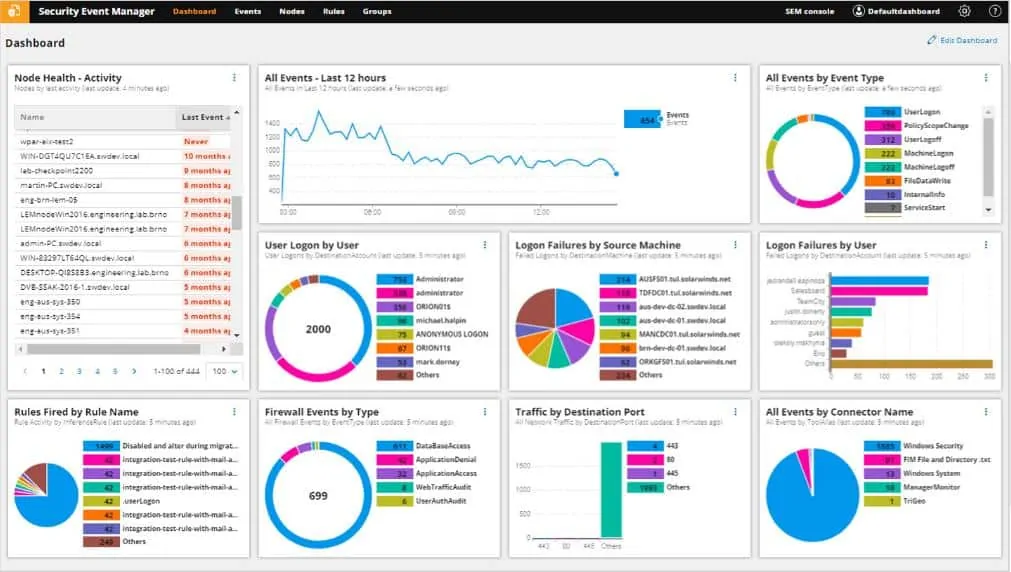
In today’s data-driven world, log analysis tools are indispensable for businesses of all sizes. They help you extract valuable insights from your system logs, troubleshoot issues faster, and ensure security and compliance. With the constant evolution of technology, choosing the right tool in 2024 requires careful consideration. Here’s an overview of popular categories and leading contenders:
Open-source Tools:
- ELK Stack (Elasticsearch, Logstash, Kibana): A powerful and customizable combination offering flexible data collection, storage, and analysis. Needs technical expertise for setup and maintenance.
- Graylog: Another open-source option with a user-friendly interface and pre-built dashboards for common use cases. Supports various log sources and integrations.
- Fluentd: A lightweight log collector that can forward logs to various destinations, including analysis tools. Easy to set up but requires further configuration for analysis.
Commercial Tools:
- Datadog: Provides a unified platform for log analysis, metrics monitoring, and application performance management. Offers real-time insights, alerting, and integrations with various tools.
- Splunk: A leader in log management, offering comprehensive analysis, reporting, and security features. Can be complex to set up and manage for smaller teams.
- Dynatrace: Provides AI-powered log analysis with automatic anomaly detection, root cause analysis, and user experience monitoring. Offers a premium option but can be resource-intensive.
Cloud-based Tools:
- Loggly: A cloud-based log collection and analysis service with easy setup and real-time dashboards. Offers various pricing plans based on log volume and features.
- Papertrail: Another cloud-based option with a simple interface and focus on real-time log search and visualization. Offers free and paid plans based on log volume.
- Sumo Logic: A cloud-native log analysis platform with powerful filtering, aggregation, and machine learning capabilities. Offers flexible pricing based on usage.
Choosing the Right Tool:
- Log volume and complexity: Consider the amount of data you generate and how complex your analysis needs are.
- Technical expertise: Evaluate your team’s ability to set up and manage the tool.
- Budget: Open-source tools are cost-effective, but commercial options offer advanced features and support.
- Integrations: Choose a tool that integrates with your existing infrastructure and development tools.
- Security and compliance: Assure the tool meets your security and data privacy requirements.
Emerging Trends:
- AI-powered analysis: Tools are increasingly using AI for automated anomaly detection, pattern recognition, and predictive maintenance.
- Cloud adoption: Cloud-based solutions are gaining popularity for their scalability, ease of access, and built-in security features.
- Focus on user experience: Log analysis is being integrated with user monitoring tools to provide insights into how system issues impact user experience.
Log analysis is an ongoing process. Explore different options, consider free trials, and involve your IT and security teams in the selection process. Choose a tool that empowers you to turn your log data into actionable insights for improved performance, security, and user experience.
Say goodbye to the hassles of bike ownership! MotoShare.in offers affordable rentals, whether you need a scooter for errands, a bike for a road trip, or a reliable ride to explore new cities.

 Starting: 1st of Every Month
Starting: 1st of Every Month  +91 8409492687
+91 8409492687  Contact@DevOpsSchool.com
Contact@DevOpsSchool.com
